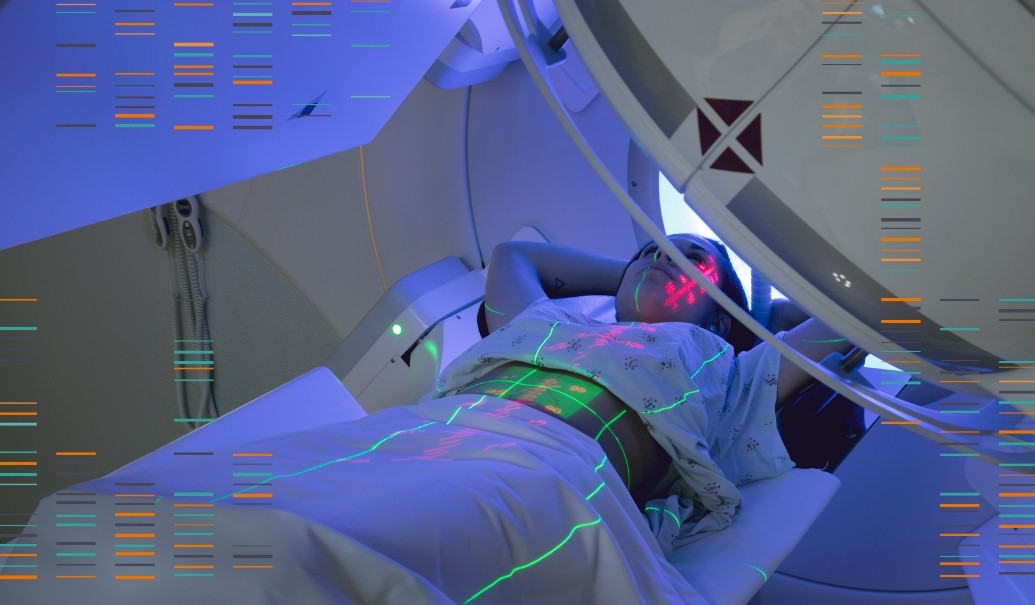The approvals of Kymriah and Yescarta in 2017 introduced a new wave of cancer therapies with the promise of long-term and durable responses for patients with difficult-to-treat diseases. However, this new wave of cell therapies also brought unique challenges ranging from incomplete reimbursement to multifaceted logistics and manufacturing complexities. As sites take on more cell therapies, customer experience and manufacturer partnerships will be key to standing out amid a swarm of new entrants in the market.
But what does a “differentiating customer experience” look like for cell therapies? Should manufacturers aim to provide their customers a truly different experience or simply a more efficient one? What are the critical needs your commercial model must address to deliver a best-in-class experience?
Why is the cell therapy process so complex?
The cell therapy delivery model starts and ends with the patient. That unique feature has a tremendous impact on how manufacturers organize the customer engagement model. Manufacturers need to move the commercial model from business to business (B-to-B) to business to patient (B-to-P) and establish stronger collaborations with providers. First, it’s important to recognize that cell therapy customers (providers and patients) have a unique set of needs that manufacturers must be prepared to support. These unique needs exist across the entirety of the end-to-end cell therapy process (figure 1).
- Patient referrals: Lack of clarity on the cell therapy process, patient eligibility and practice economics considerations in referral centers lead to hesitation for referring physicians to send a patient for potentially life-saving cell therapies.
- Treatment authorization and initiation: Many sites must undergo an onerous process negotiating with insurance companies that can limit use at sites and be harmful to patients considering the time sensitivity around treatment. The providers’ role also changes to include sourcing and delivering a material for manufacturing which isn’t comparable to infusions and oral therapies.
- Manufacturing logistics: Customers require manufacturing consistency and reliability in addition to staying connected and informed through manufacturing in order to properly plan and deliver the product to patients in the most efficient and timely manner. This becomes especially important as next-generation cell therapies like allogenic “off-the-shelf” options are on the horizon.
- Monitoring: The need to balance keeping patients near the treatment center post-infusion with patients’ desire to return home presents challenges for care teams, such as effectively managing adverse events and long-term lodging or travel requirements.
- Reimbursement: In-patient reimbursement models are generally leading to net losses for treatment centers administering CAR-T therapies, especially for Medicare and Medicaid patients, and resulting in some patients not getting access to life-saving therapies. Recent updates from CMS demonstrate that steps are being taken to rectify reimbursement challenges, but no clear path has been confirmed.
How can manufacturers make the complex process “easy” for customers?
With so few cell therapy products on the market today, there remains ample opportunity for manufacturers to find innovative ways to address the unique needs of customers. Anchoring your commercial model in simplicity, flexibility and agility will allow you to address your customers’ needs and assure your model is able to stand the test of time.
Simplicity: Taking the complexity out of cell therapies and creating the perception of simplicity for your customers will become increasingly important as the cell therapy market grows and novel competition arises. However, creating simplicity can be a complex process for manufacturers. Some potential opportunities include:
- Greater support to establish referral center confidence when referring and monitoring patients
- Increased engagement with payers and hands-on treatment center support to minimize prior authorization and case negotiation issues, expedite time to treatment initiation and support with reimbursement
- Establishing a simple yet flexible end-to-end process to assure that site-specific nuances can be easily accommodated without sacrificing efficiency (or patient safety)
- Customizing manufacturing updates and communication to specific site needs in order to achieve the desired level of coordination and transparency at each treatment center
- Providing clear and accurate expectations on timing and severity of adverse events to help sites plan lodging or potential to transition to outpatient administrations in the future
- Consider innovative ways to broaden the reach of cell therapy beyond centers of excellence such as outsourcing part of the process, rethinking the manufacturing business model and investing in outpatient
What do manufacturers need to enable this?
Achieving simplicity, flexibility and agility to address the unique needs of your customers can be accomplished through various commercial model structures. The key is to optimize your people, technology and end-to-end process based on the structure that works best for you:
- People: Current cell therapy customer models vary widely in both the roles manufacturers leverage and their key responsibilities. Manufacturers ultimately have the option to create a full-service customer-facing model that engages at distinct points along the cell therapy process, or a lean model that engages throughout. Either method can be leveraged effectively for a positive customer experience.
When considering a full-service customer-facing model, manufacturers can align the requirements of customer-facing roles to each step of the journey and provide a high-touch, tailored experience. For example, one role may support apheresis, another supports product manufacturing and a third during infusion and monitoring; these steps are often owned by separate customers at the site and therefore separate customer-facing roles can still provide a single point of contact for reach.
When it comes to a lean customer-facing model, fewer roles will be engaged at more points along the journey and potentially become more “embedded” in the end-to-end cell therapy process at each site. Reps will have more involvement throughout the process and may be able to take on account management responsibilities, while medical roles can take on infusion and monitoring support, depending on your needs and portfolio.
COVID-19 obviously adds another level of complexity regarding the feasibility of a truly full-service model, and the implications need to be considered when making the right trade-offs for the future engagement model.
- Technology: In addition to the customer-facing roles that interact with sites, a positive customer experience requires roles on the back end supporting both field teams and customers at the sites. As the use of technology in healthcare has increased over time, expedited recently by COVID-19, it begs the question: What is the right level and use of technology in the cell therapy process, and when should something be automated vs. require a human touch?
While some sites may welcome a completely automated and streamlined process, others may prefer connectivity to people on the other end of the phone that can answer their questions. This may not only vary between treatment centers but also between customers within a single center. The result is the need to leverage technologies, and a model that is flexible with options that can be leveraged by the sites as they prefer. One example may be with respect to status updates during the manufacturing process. Providing users the ability to customize their notifications based on personal preference can prevent some customers from feeling bombarded with status updates across patients, and from being left in the dark. Additionally, creating back end roles with the capability to respond to emails, answer calls and even provide status updates through cell therapy portals can help tailor to both the more digital and the more personal preferences.
- End-to-end cell process: One of the most important parts of a positive customer experience is the end-to-end cell therapy process (figure 1). While some parts of the cell process are inherent to the product, others can be adjusted (such as the use of specialty distributors, requirements for scheduling a manufacturing slot and courier pick-up times). With few cell therapies approved today, manufacturers have the freedom to tailor their end-to-end process as they see fit and address the needs of the customer through a truly differentiated experience. However, as sites start offering more cell therapies, “different” processes are likely to become more burdensome, even if they offer incremental improvements. It’s even possible that sites develop tendencies toward cell therapies that are part of a larger cell therapy “portfolio,” in which the end-to-end process is similar across. In these cases, you may be able to “differentiate” yourself by following a similar process as competitors but making it more efficient. For example, you may continue using specialty distributors but allow sites to choose their preferred one, or you may require the same steps to schedule manufacturing but give the user more control over viewing and rescheduling slots.
















